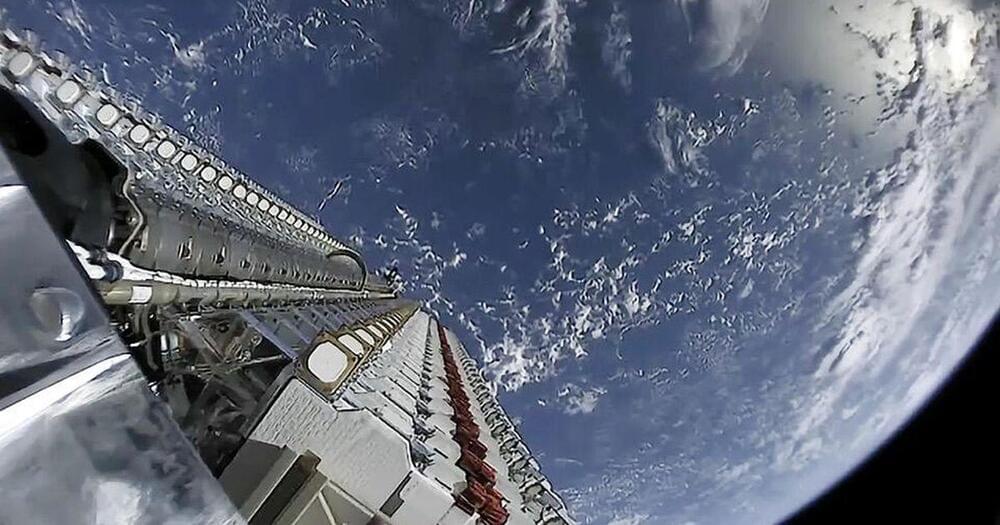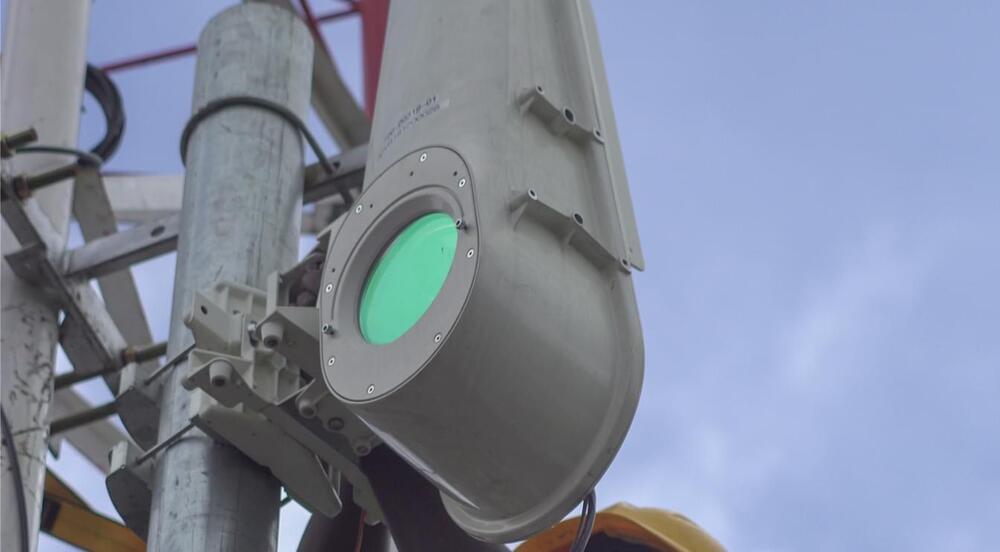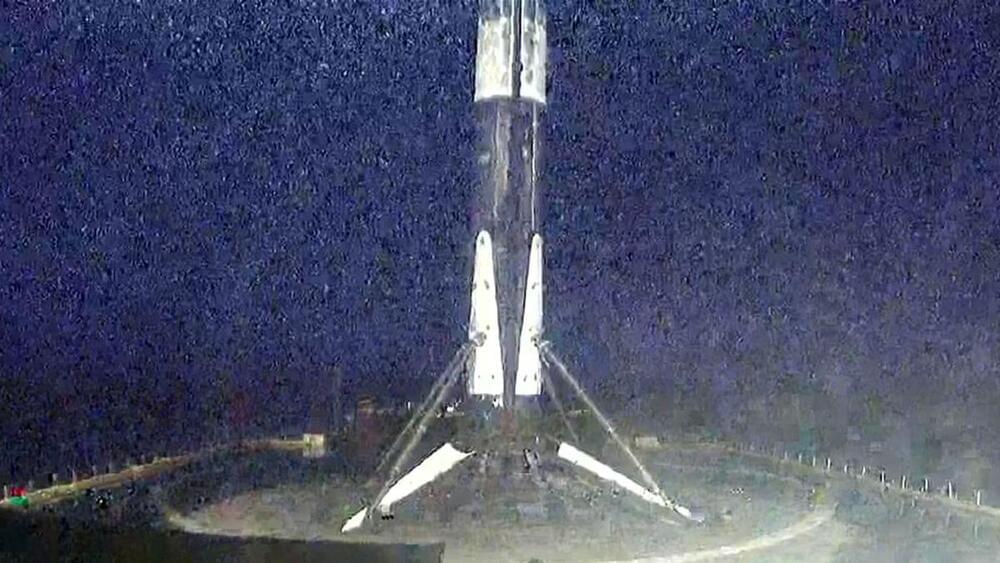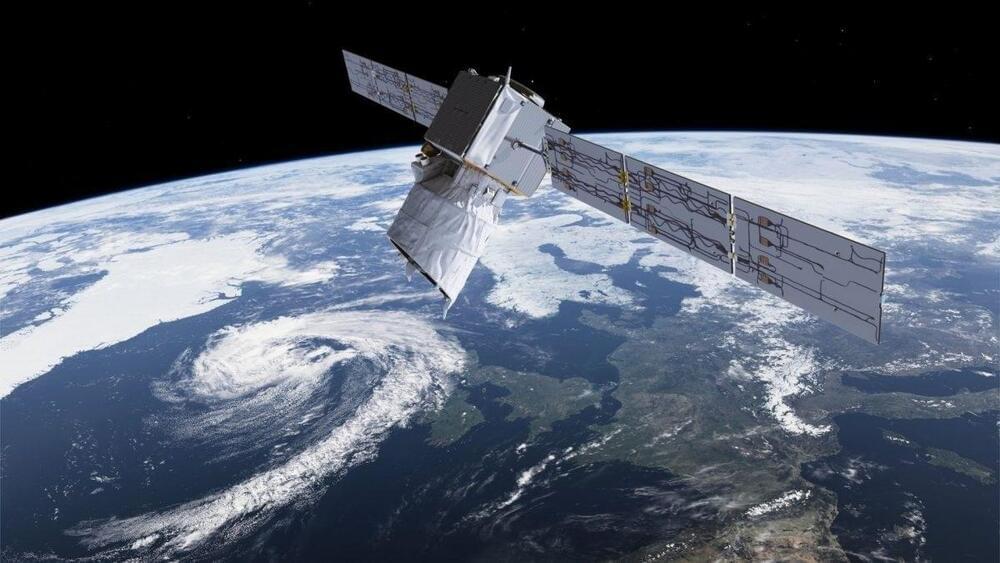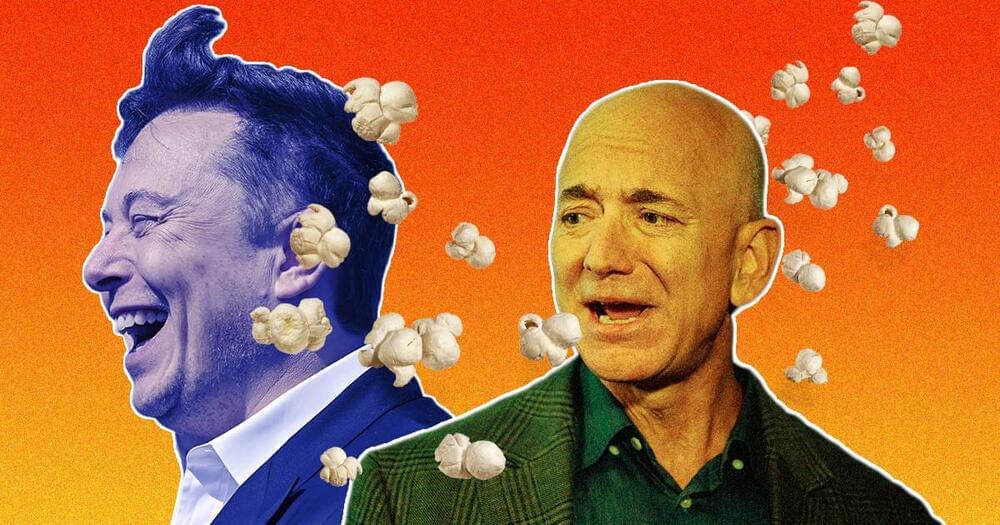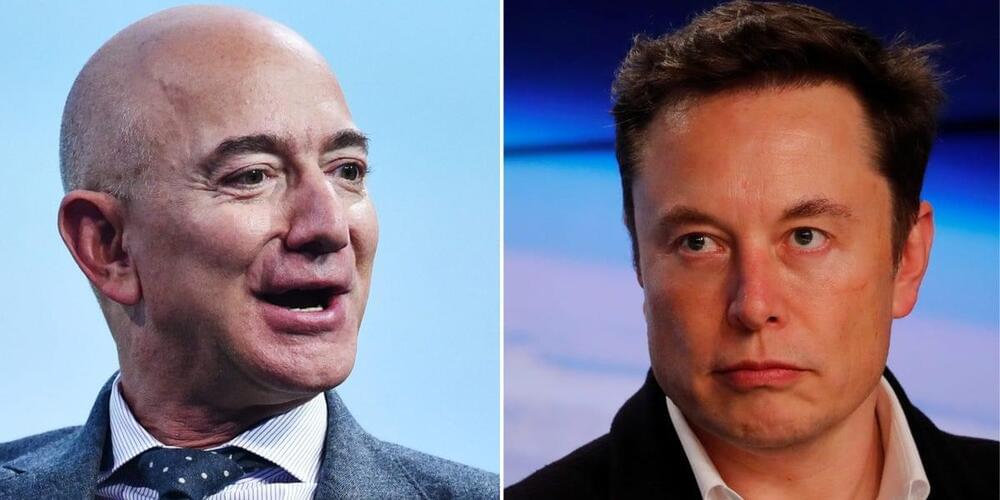What would a world without banks look like? The answer may lie in decentralized finance.
Decentralized finance is an emerging ecosystem of financial applications and protocols built on blockchain technology with programmable capabilities, such as ethereum and solana. The transactions get executed automatically through smart contracts on the blockchain, which includes the agreement of the deal.
“Anyone can actually build businesses on top of these protocols and using them the same way as we can today build an internet business on top of the HTTP IP protocol,” said Stani Kulechov, founder of a DeFi protocol called Aave.
Decentralized finance has captured only 5% of the crypto space, according to CoinGecko, but it has seen massive growth recently. There was $93 billion worth of DeFi assets in the crypto market as of June 2,021 up from $4 billion just three years ago. To be sure, DeFi’s growth has slowed since the summer of 2,020 and regulatory scrutiny from Capitol Hill has spiked over fears of crypto’s checkered past.
1:17-Chapter 1: The ABCs of DeFI
3:16-Chapter 2: The DeFi boom.
5:45-Chapter 3: Why people are excited about DeFi.
7:31-Chapter 4: What’s next?
» Subscribe to CNBC: https://cnb.cx/SubscribeCNBC
» Subscribe to CNBC TV: https://cnb.cx/SubscribeCNBCtelevision.
» Subscribe to CNBC Classic: https://cnb.cx/SubscribeCNBCclassic.

